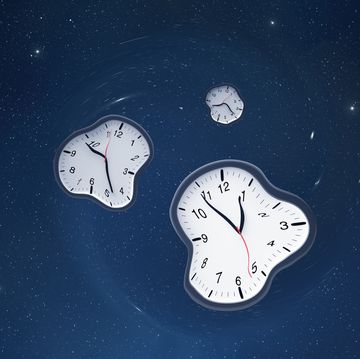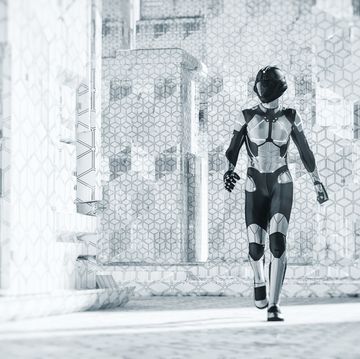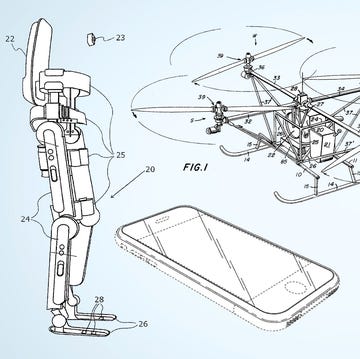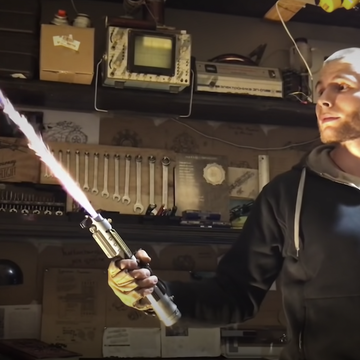There was a time before checking out at the grocery store was a simple as sliding bags of chips over a laser. The barcode as we know it today didn't exist before 1974. But what did exist was its strange circular predecessor.
Smithsonian has a fantastic history of the barcode which covers both its invention, and the development of the bullseye that came before it. The whole concept was initially developed by Joe Woodland, who was inspired by Morse Code. The Smithsonian quotes his recollection of that Eureka moment:
I remember I was thinking about dots and dashes when I poked my four fingers into the sand and, for whatever reason—I didn't know—I pulled my hand toward me and I had four lines. I said 'Golly! Now I have four lines and they could be wide lines and narrow lines, instead of dots and dashes. Now I have a better chance of finding the doggone thing.' Then, only seconds later, I took my four fingers—they were still in the sand—and I swept them round into a circle.
Woodland and a colleague Bernard "Bob" Silver filed a patent on the idea in 1949 and received it in 1952. But then, the idea languished. Reading the codes required bulky and prohibitively annoying equipment. It wasn't until the early 1970s, after the invention of the laser, that RCA was able to make the bullseye codes a reality. With great difficulty, as Smithsonian notes, manufacturing them using a crazy printing setup of rotating ballpoint pens.
Eventually, representatives from the grocery industry contracted IBM to redesign the whole dang thing, which resulted in the small rectangular barcodes we know today. You can read more about the little code's fascinating history over atSmithsonian.












